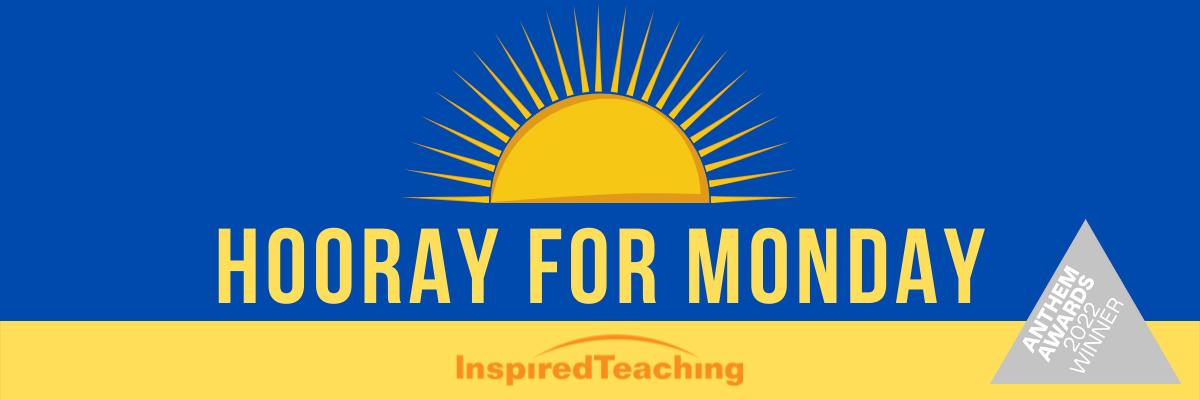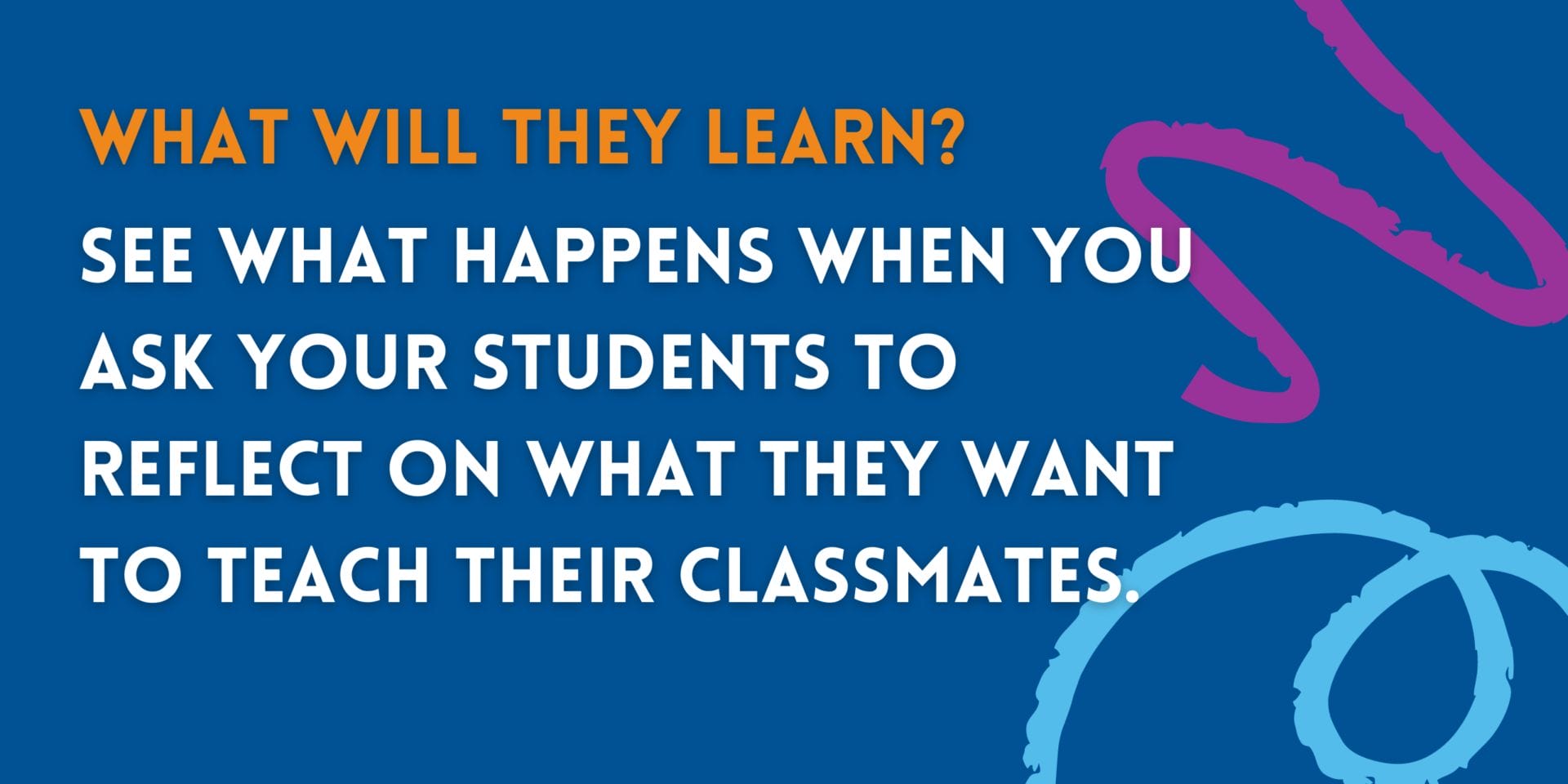April 25, 2022
By Aleta Margolis, Founder and President, Center for Inspired Teaching
Hooray for Monday is a weekly blog filled with questions, ideas, reflections, and actions we can all take to remodel the school experience for students.

Imagine a school in which every available space on the walls—inside the classrooms and in the hallways, stairwells, and other common areas—is covered with authentic student work. There aren’t many worksheets or assignments that look the same. Instead, displays are comprised of individual work: art, writing, math projects, students’ opinions on topics of importance, survey results, blueprints, and more. These displays of student work are assembled by students and teachers together. Choosing work, even figuring out how to display it, is a project in which students are involved—sometimes in charge of. Displays change regularly because new work and new projects are being produced all the time.
If you walked into this school, what might you learn about the people who spend their time there? About their interests, their skills, their abilities, their accomplishments, their work in progress, their dreams, the things they are grappling with, the things they have figured out so far and the things they have yet to figure out? This is the spirit behind Inspired Teaching‘s 5th Core Element, Wide-ranging Evidence of Student Learning.

This week I had the great pleasure of talking with my longtime friend and colleague Elly Young. Elly is currently the Assistant School Administrator at Westover Elementary in Silver Spring Maryland, a wonderful place that just so happens to be the school I attended as a child! You can watch clips from our interview here.
Elly notes that offering a wide array of tools to assess students centers them in the teaching and learning process. She offers talking in the classroom as an example of this: “Whoever’s doing the talking is doing the thinking and the learning. So if the teacher is always doing the talking, the students aren’t doing the thinking and they aren’t doing the learning. It really does have to be an active participation role that the student plays. Otherwise they’re inputting, they’re not really getting anything out of it.”
Elly described examples of Wide Ranging Evidence of Student Learning from her own school. In a recent science lesson students designed, created, and tested cars, based on “criteria for success,” revising their models as they went along based on what they learned. In a social studies lesson, students were challenged to use their skills in critical analysis by applying an anti-racist lens to historical and current events.
Elly makes an important connection between Wide-ranging Evidence of Student Learning and social-emotional learning (SEL), pointing out that this approach “values and respects the whole child and all of their skills…auditory, visual, however the student is best able to show and demonstrate their learning.”
Elly suggests that school leaders can model the importance of Wide-ranging Evidence of Student Learning by creating spaces for varied thinking and creative problem-solving around assessment within the school. This can look like:
- Data discussions that support multiple learning modalities;
- Collaborative curriculum study, goal setting, and planning; and
- Discussion around how to balance our desire as thoughtful educators to “elevate creative thinking” with meeting the mandates of state assessments.
Elly notes the important link between Wide-ranging Evidence of Student Learning and equity, pointing out “you’re not limiting the way that students can demonstrate their knowledge into one thing which makes it an equitable practice.”
This week, as you consider what your students need to learn, think about all the different ways they can show their learning. How can you let their voices take more space in your classroom? What might you learn from them?


